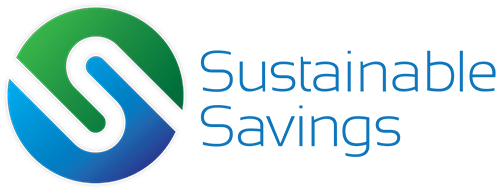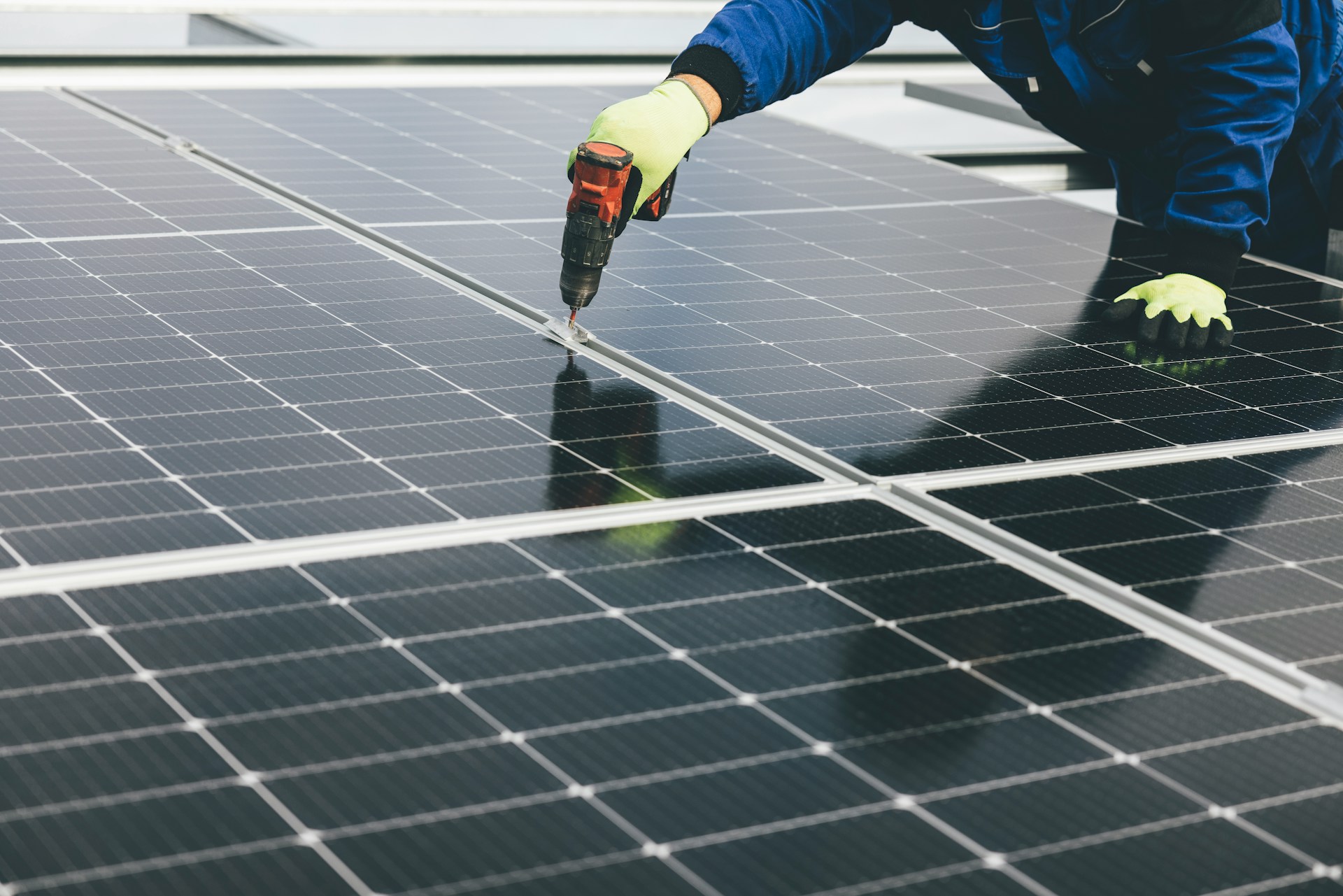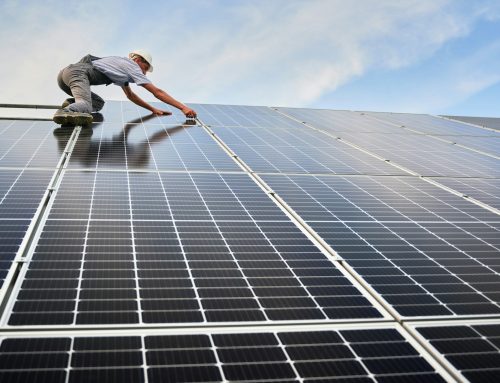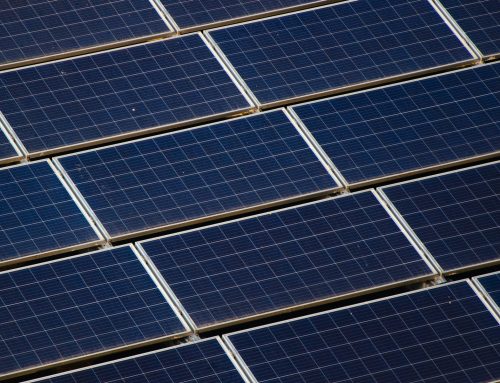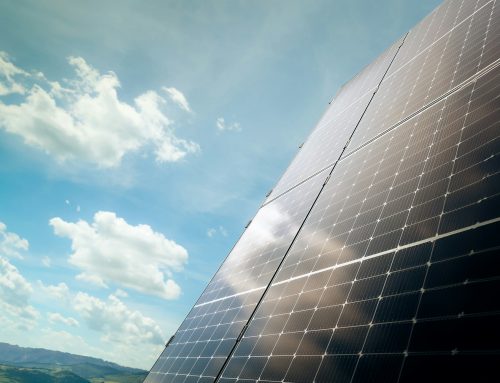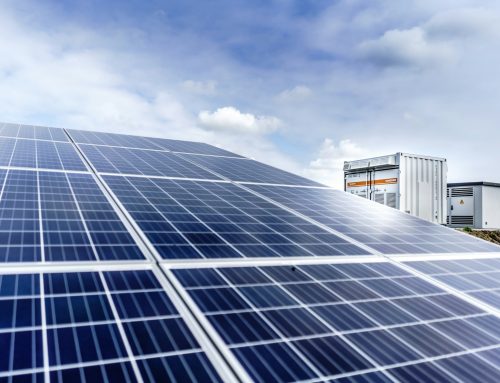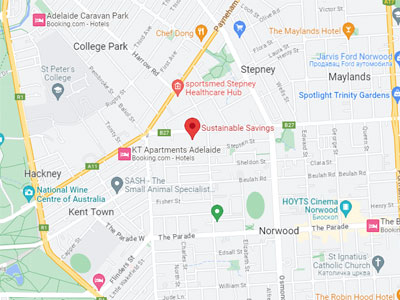If your solar panels aren’t delivering the output your business expected, it’s easy to get frustrated. You’ve made the move to cleaner energy to bring down costs and reduce your environmental impact, but something just doesn’t seem right. Maybe you’ve noticed your bills creeping back up, or you’re seeing unexpected gaps in energy production. These signs could mean your solar panels aren’t performing how they should be, which is where a solid solar panel assessment becomes handy.
Underperformance isn’t always about faulty equipment. Sometimes it’s about wear and tear, changes in your surroundings, or even small mistakes made during installation. And with Adelaide’s winter winding down by July, businesses should be seeing stronger performance as the sun comes out more often and the days get longer again. If that boost isn’t showing up, it’s time to gauge what might be holding things back.
Common Causes Of Solar Panel Underperformance
There are a handful of common reasons why a solar system on a commercial rooftop might start underperforming over time. While panels are generally built to last, the setup around them and the conditions they’re exposed to directly impact day-to-day performance.
Here are a few things that often cause problems:
– Shading: Even partial shade from added infrastructure or nearby trees can cut down on solar output more than expected. If there’s been new development nearby or anything changing your roof’s exposure, check if shade is falling over panels that were getting full sun before.
– Dirt Build-Up: A layer of dust, leaves, or grime might not look like much, but it can lower the amount of sunlight the panels absorb. Panels installed flat on rooftops or in dry, windy spots are more likely to gather surface build-up.
– Weather Wear: Wind, heavy rain, frost, and even hail may cause minor wear over time. Inverters, cables, and connection points can all be affected, especially during the changing seasons across Adelaide.
– Ageing Hardware: As panels and inverters get older, energy production naturally declines. Panels that are a decade old won’t work like they did on day one, even if they appear clean and intact.
– Improper Installation: Sometimes it boils down to poor system layout or weak-quality components not suited to the site or energy demands. This often shows up as inconsistent output or sudden shutdowns on high-sun days when production should be at its best.
Take, for example, a local business located in one of Adelaide’s industrial zones. After a few years of steady output, they noticed missed production targets during late morning hours. Turns out, a new storage structure installed nearby was casting shadow over half the array until just before noon. It wasn’t a fault in the system — it was a change around the system. That’s why ongoing assessments matter.
A lot of these drop-offs don’t set off equipment alarms, and many aren’t visible from the ground. The signs tend to show up in your bills or system data instead. That’s where regular checks come in handy.
Why Solar Panel Assessments Matter
A solar panel assessment is like a health check for your system. It goes beyond a quick glance at your inverter numbers and gets to the bottom of what might be dragging production down. These assessments give visibility into what’s actually happening across the array, helping uncover issues before they become expensive or disruptive.
Here’s how assessments make a difference:
– Spotting Early Decline: You can catch normal wear patterns early, such as hot spots on panels or inverter drifts, before they turn into complete failures.
– Uncovering External Changes: If something around your building, like trees or rooftops, has changed and it’s throwing shade, an assessment will catch that.
– Benchmarking System Health: By comparing test data to your original system specs, you’ll know how much performance loss is just time-based and how much might be avoidable.
– Planning Ahead: Assessments can help schedule maintenance or system upgrades early, rather than waiting for parts to fail or production to drop steeply.
Adelaide businesses rely on consistent solar performance, especially as energy demands fluctuate across seasons. Late winter’s mild weather tends to set the stage for strong solar gains. If output isn’t climbing, that’s reason enough to bring in professionals for a closer look. There might be something fixable holding the system back, and the sooner it’s found, the sooner your solar setup gets back to where it should be.
Steps to Conduct a Solar Panel Assessment
Handling a solar panel assessment might seem like an overwhelming task, but breaking it down into simple steps can make it manageable. Here’s a straightforward approach to ensure you’re covering all the bases when checking for underperformance in your solar panels.
Start with a visual inspection. This means checking for any obvious signs of damage or changes on your rooftop. Look for cracks in the panels, signs of wear on connections, or anything blocking sunlight like debris or a pesky new tree. This first step is like giving your panels a visual health check.
Next, monitor the performance. Track the energy output over a fixed period to spot any usual drops or spikes. Use the inverter’s readings to compare current performance with past output. This will help you gauge if there’s been a recent drop in efficiency or if there’s a consistent problem over time.
Follow up with a professional assessment. While a DIY inspection is useful, professional diagnostics dig deeper. Experts can use advanced tools to measure panel efficiency, check electrical connections, and even examine system settings that might just need a tweak for optimal performance. This thorough check can pinpoint issues that might not be visible to the untrained eye.
Professional Solutions for Improving Solar Panel Performance
When it comes to improving underperforming solar panels, sometimes a little professional magic is needed. Regular maintenance not only optimises performance but also extends the system’s life, saving money in the long run.
High-quality components make all the difference. Consider upgrading to reliable brands that are well-suited to South Australia’s climate. Brands like SunPower and GoodWe offer top-tier panels and inverters known for their durability and high output. Investing in quality components can mean smoother operation, fewer breakdowns, and a stronger return on investment.
Timely repairs matter too. Addressing small issues before they escalate cuts down on potential downtime and costly fixes later. Regular maintenance checks from professionals who know what signs to look for help keep the system running at peak efficiency.
Keeping Solar Output Consistent All Year Round
Keeping your solar panels performing well in Adelaide hinges on understanding a few key things. Maintaining high solar efficiency involves knowing the conditions around your panels and having a plan in place to address issues quickly.
Regular checks and assessments identify potential problems before they affect performance. Partnering with experts who understand the specific challenges of Adelaide’s environment means you’re choosing a proactive approach that enhances long-term gains. This cooperation not only ensures reliable performance but also creates a relationship where your energy needs are met efficiently and effectively.
By focusing on timely evaluations and quality upgrades, businesses can see the lasting benefits of optimised solar panels. This means lower operational costs, more predictable energy bills, and a noticeable contribution to reducing carbon footprints. Embracing solar doesn’t just power your business; it anchors you in a cleaner, greener future.
If you’re noticing inconsistent output or a dip in solar performance, it might be time for a closer look. A thorough solar panel assessment can help uncover hidden issues that impact your system’s efficiency. At Sustainable Savings, we provide detailed evaluations tailored to commercial needs, helping you maximise your investment and keep energy production on track all year round.
